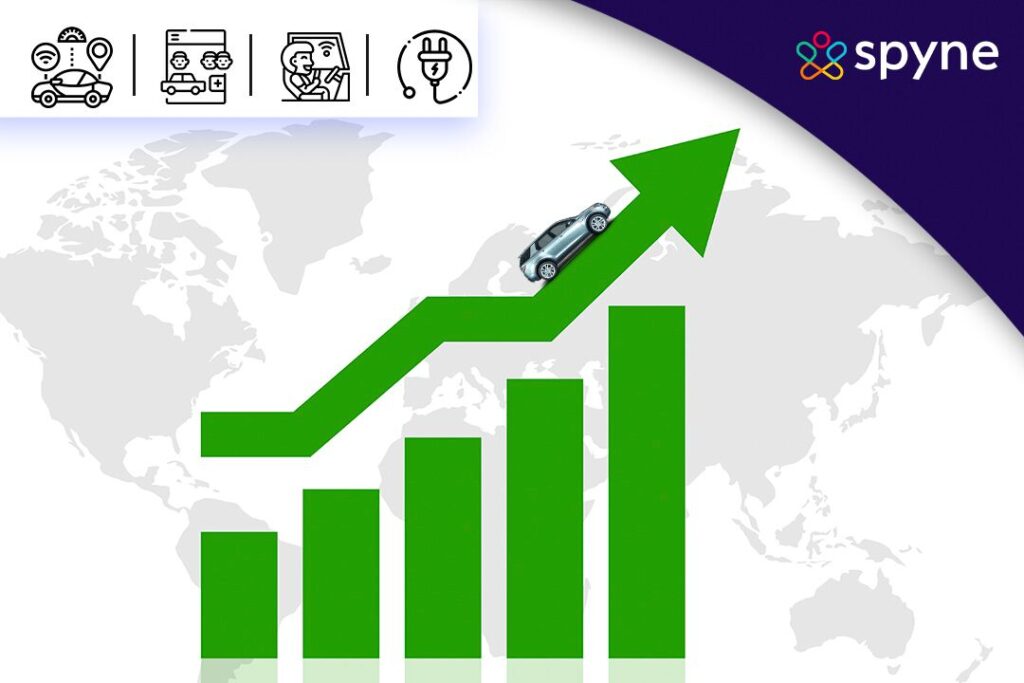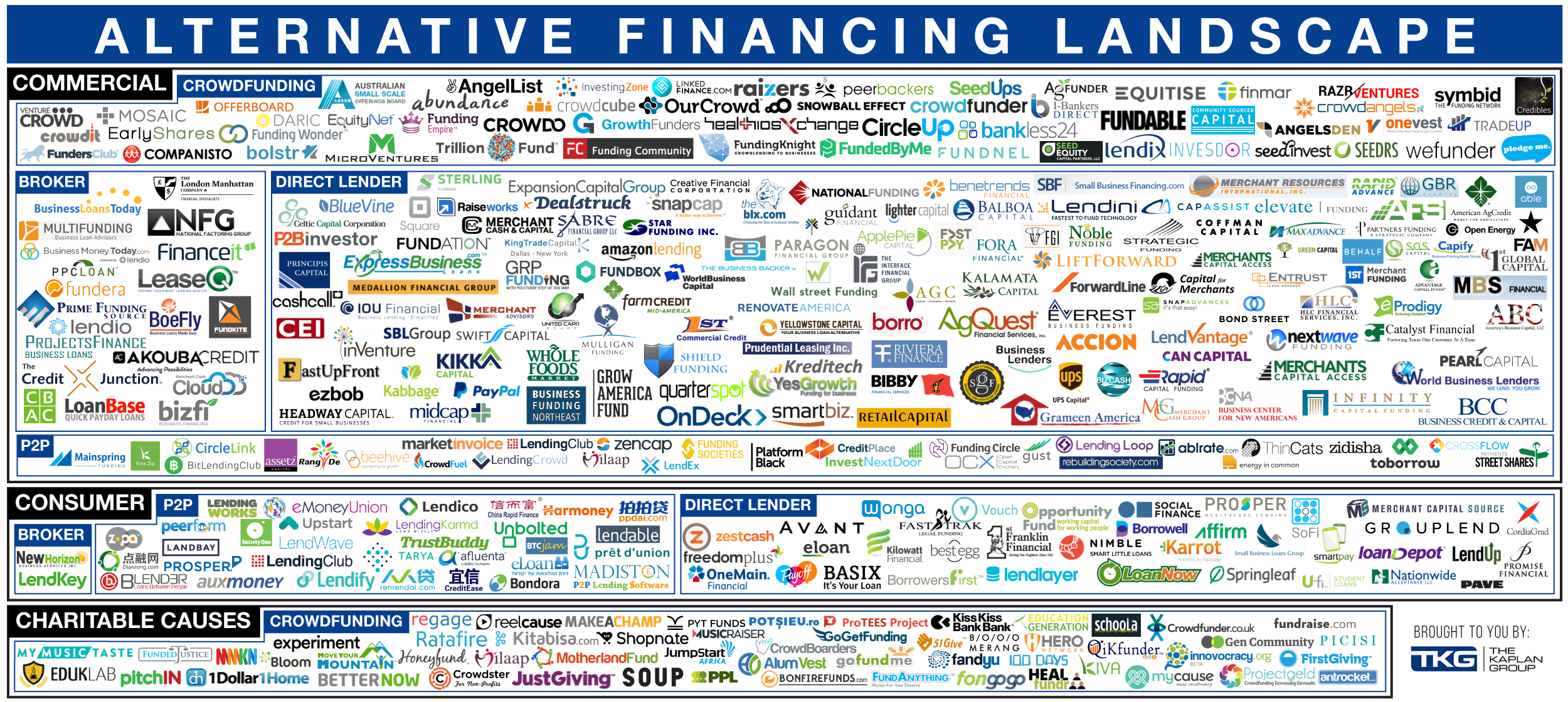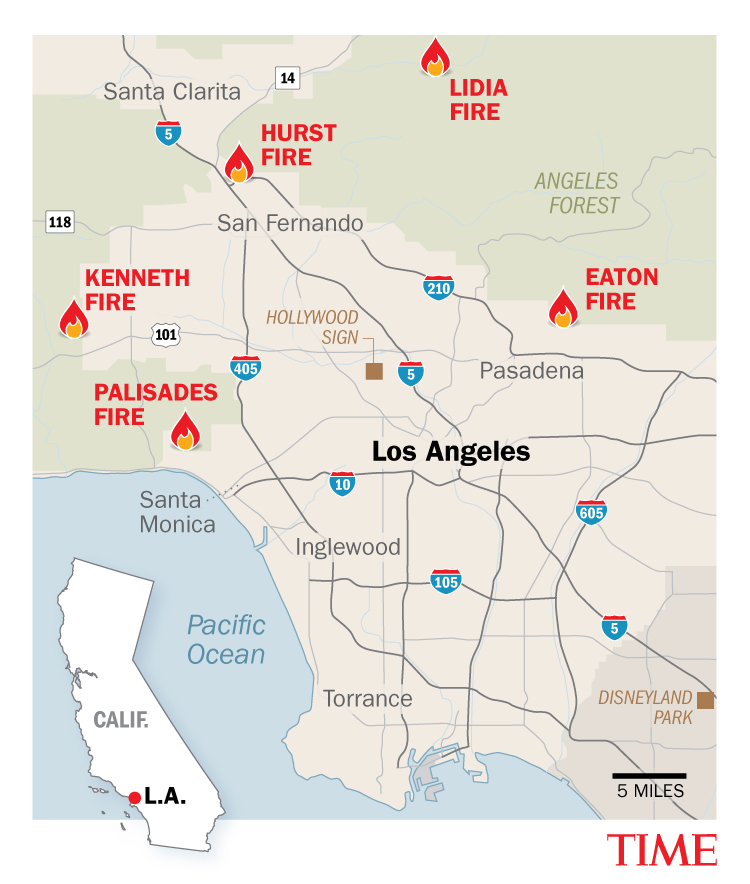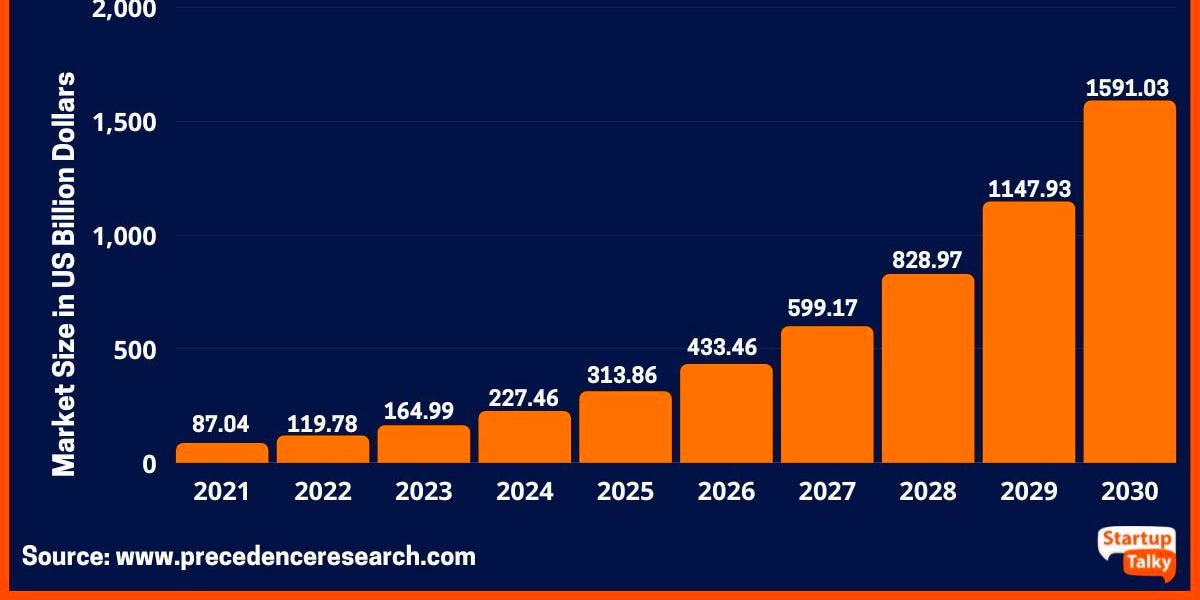BMW And Porsche's China Challenges: A Growing Trend In The Auto Industry

Table of Contents
Intensifying Competition in the Chinese Luxury Car Market
The Chinese luxury car market, once dominated by international players, is witnessing a dramatic shift. The rise of domestic brands and evolving consumer preferences are creating a fiercely competitive landscape.
Rise of Domestic Chinese Automakers
Chinese automakers, once considered laggards, are now producing sophisticated and technologically advanced vehicles that directly compete with established luxury brands like BMW and Porsche. Companies like BYD, Nio, and Xpeng are leading this charge.
- Successful Chinese Luxury EVs: BYD's "Han" and Nio's ET7 are prime examples of technologically advanced and stylish electric vehicles that directly challenge BMW's iX and Porsche's Taycan.
- Technological Advancements: Chinese automakers are rapidly innovating in areas like battery technology, autonomous driving systems, and in-car infotainment, often at a more competitive price point.
- Aggressive Pricing Strategies: Domestic brands are often able to offer competitive pricing, leveraging local manufacturing and supply chains to undercut established international players.
- Government Support: The Chinese government actively supports the growth of its domestic auto industry through subsidies, tax breaks, and favorable regulations.
Shifting Consumer Preferences
Chinese consumer preferences are evolving rapidly, impacting the demand for luxury vehicles. The focus has shifted towards electric vehicles, advanced technology, and personalized experiences.
- Increased Demand for EVs: The Chinese government's push for electric mobility and rising environmental awareness have created a massive surge in demand for EVs.
- Focus on Digital Connectivity: Chinese consumers expect seamless digital integration in their vehicles, prioritizing features like advanced infotainment systems, over-the-air updates, and smartphone connectivity.
- Preference for Specific Features: Features like autonomous driving capabilities, advanced driver-assistance systems (ADAS), and personalized comfort settings are highly valued by Chinese luxury car buyers.
- Impact on Brand Loyalty: The increased competition and shifting preferences are challenging the traditional brand loyalty associated with established luxury marques.
Navigating China's Complex Regulatory Landscape
China's regulatory environment presents significant hurdles for international automakers like BMW and Porsche. Stricter emission standards and fluctuating trade policies demand constant adaptation and significant investment.
Stringent Emission Standards and Regulations
China's commitment to reducing emissions is leading to increasingly stringent environmental regulations and emission standards. This puts pressure on manufacturers to accelerate the development and adoption of electric vehicles and alternative fuel technologies.
- Impact on Production: Meeting stringent emission standards requires significant investment in research and development, impacting production costs and timelines.
- Investment in R&D for EVs and Alternative Fuel Vehicles: Automakers must invest heavily in developing electric and hybrid vehicles to comply with regulations and meet consumer demand.
- Challenges in Meeting Compliance Deadlines: The rapid evolution of regulations makes it challenging for companies to consistently meet compliance deadlines and avoid penalties.
Import Tariffs and Trade Policies
China's import tariffs and trade policies directly affect the profitability and pricing strategies of luxury car brands. These policies often make imported vehicles more expensive, impacting their competitiveness.
- Impact on Pricing: Import tariffs increase the cost of imported vehicles, forcing automakers to either absorb the increased cost or pass it on to consumers, impacting price competitiveness.
- Potential for Increased Manufacturing within China: To mitigate the impact of tariffs and trade policies, many brands are increasing their local manufacturing presence in China.
- Navigating Trade Agreements and Negotiations: International automakers need to carefully navigate complex trade agreements and negotiations to minimize the negative impact of tariffs and other trade barriers.
Adapting to the Unique Chinese Consumer
Understanding and responding to the nuances of the Chinese consumer is critical for success in this market. This requires carefully tailored marketing strategies and a strong local presence.
Cultural Nuances and Marketing Strategies
Marketing and sales strategies must be adapted to resonate with Chinese cultural values and preferences. This includes understanding the significance of social media and building relationships with key influencers.
- Importance of Social Media Marketing: Social media platforms like WeChat and Weibo are crucial channels for reaching and engaging Chinese consumers.
- Tailoring Advertising Campaigns to Cultural Values: Marketing campaigns must be carefully tailored to reflect Chinese cultural values and avoid any potential misunderstandings or cultural insensitivity.
- Building Relationships with Key Influencers: Collaborating with key opinion leaders (KOLs) and social media influencers is essential for building brand awareness and credibility among Chinese consumers.
Building a Strong Local Presence and Supply Chain
Establishing a strong local presence, including robust manufacturing, dealer networks, and after-sales service, is crucial for maintaining a competitive edge.
- Importance of Local Manufacturing: Local manufacturing helps reduce transportation costs, improves responsiveness to market demands, and minimizes the impact of import tariffs.
- Building Dealer Networks: Establishing a comprehensive and well-trained dealer network is essential for providing effective sales and after-sales services.
- Ensuring Effective Customer Service and Addressing After-Sales Concerns: Providing exceptional customer service and addressing after-sales concerns promptly are vital for building trust and brand loyalty.
Conclusion
The challenges faced by BMW and Porsche in the Chinese market are multifaceted and significant. Intense competition from domestic brands, evolving consumer preferences, complex regulations, and the need to adapt to unique cultural nuances create a formidable environment. These hurdles, however, are not unique to these two luxury brands; they represent a growing trend affecting all international automakers seeking to succeed in the world's largest automotive market. The future will likely see increased localization efforts, intensified technological innovation, and a greater focus on understanding and responding to the unique needs of the Chinese consumer. Understanding the evolving landscape of BMW and Porsche in China's competitive automotive sector is crucial for staying ahead in this rapidly changing market.

Featured Posts
-
 The Shifting Sands Trumps Trade Legacy And The Us Financial Landscape
Apr 22, 2025
The Shifting Sands Trumps Trade Legacy And The Us Financial Landscape
Apr 22, 2025 -
 The Future Of Pan Nordic Defense The Role Of Swedish Tanks And Finnish Troops
Apr 22, 2025
The Future Of Pan Nordic Defense The Role Of Swedish Tanks And Finnish Troops
Apr 22, 2025 -
 Los Angeles Wildfires The Rise Of Disaster Betting
Apr 22, 2025
Los Angeles Wildfires The Rise Of Disaster Betting
Apr 22, 2025 -
 Middle Managers The Unsung Heroes Of Business And Employee Development
Apr 22, 2025
Middle Managers The Unsung Heroes Of Business And Employee Development
Apr 22, 2025 -
 Building Voice Assistants Made Easy Open Ais 2024 Announcement
Apr 22, 2025
Building Voice Assistants Made Easy Open Ais 2024 Announcement
Apr 22, 2025
